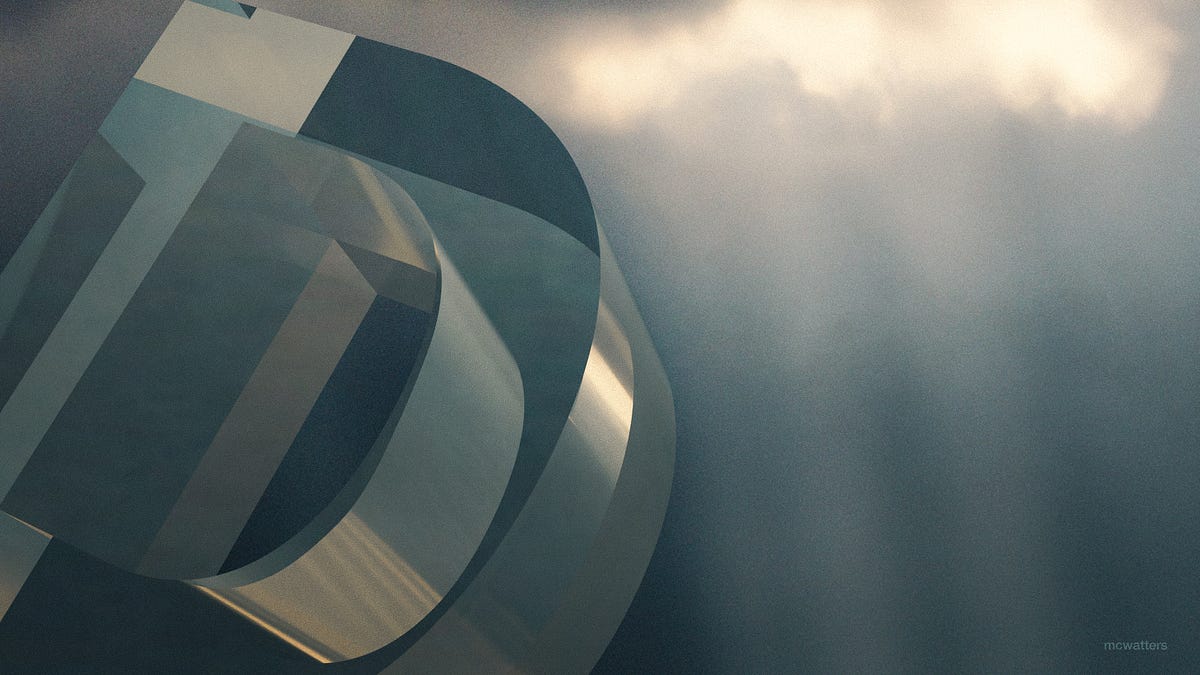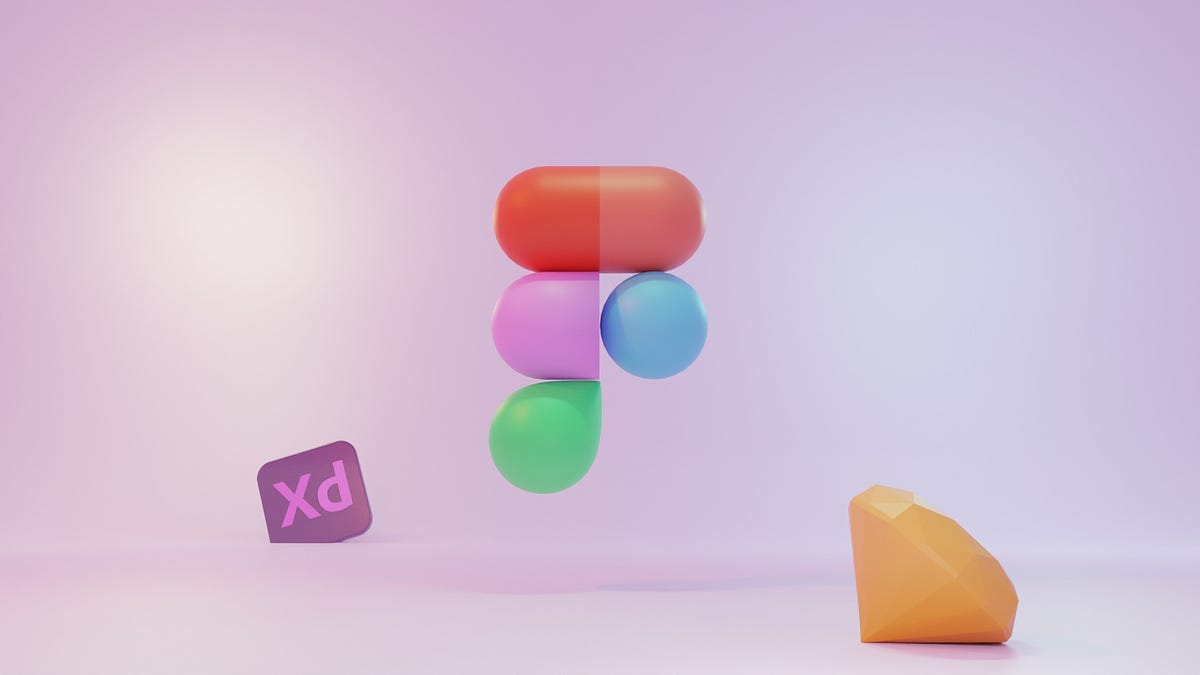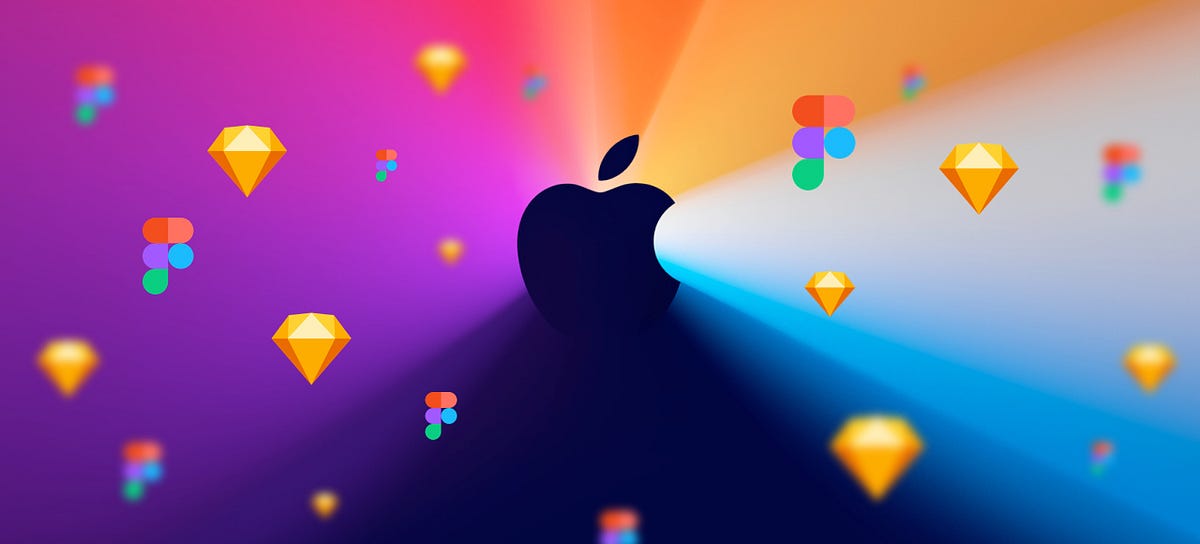
Design’s Purpose Remains Constant
Fabricio Teixeira and Caio Braga, in their annual The State of UX report:
Despite all the transformations we’re seeing, one thing we know for sure: Design (the craft, the discipline, the science) is not going anywhere. While Design only became a more official profession in the 19th century, the study of how craft can be applied to improve business dates back to the early 1800s. Since then, only one thing has remained constant: how Design is done is completely different decade after decade. The change we’re discussing here is not a revolution, just an evolution. It’s simply a change in how many roles will be needed and what they will entail. “Digital systems, not people, will do much of the craft of (screen-level) interaction design.”
Scary words for the UX design profession as it stares down the coming onslaught of AI. Our industry isn’t the first one to face this—copywriters, illustrators, and stock photographers have already been facing the disruption of their respective crafts. All of these creatives have had to pivot quickly. And so will we.
























